Is the James Webb Space Telescope delivering on its promises?
The month of July marks the first anniversary when the James Webb Space Telescope (JWST), the largest and most powerful space-based telescope ever built, began its long-awaited mission to unfold the universe before us. In a column published in this daily on July 16, 2022, I discussed five sensational discoveries made by JWST within days of coming online.
Although the breathtaking images mesmerised us, it is time to ask the following questions. Is the telescope delivering on its promises to transform our knowledge of cosmology? Is it worth the hefty price tag of $10 billion? Before answering the questions, let me summarise some more groundbreaking discoveries made by JWST after its first images were released a year ago. Unfortunately, it is beyond the scope of this article to discuss the significance of these discoveries.
Discovery of galaxies formed just after the Big Bang: As advertised, the telescope was designed to observe the earliest, and hence the most distant galaxies in the universe. To that end, in December 2022, scientists confirmed that JWST had indeed observed four most distant galaxies as they were when the universe was barely 300 million years old.
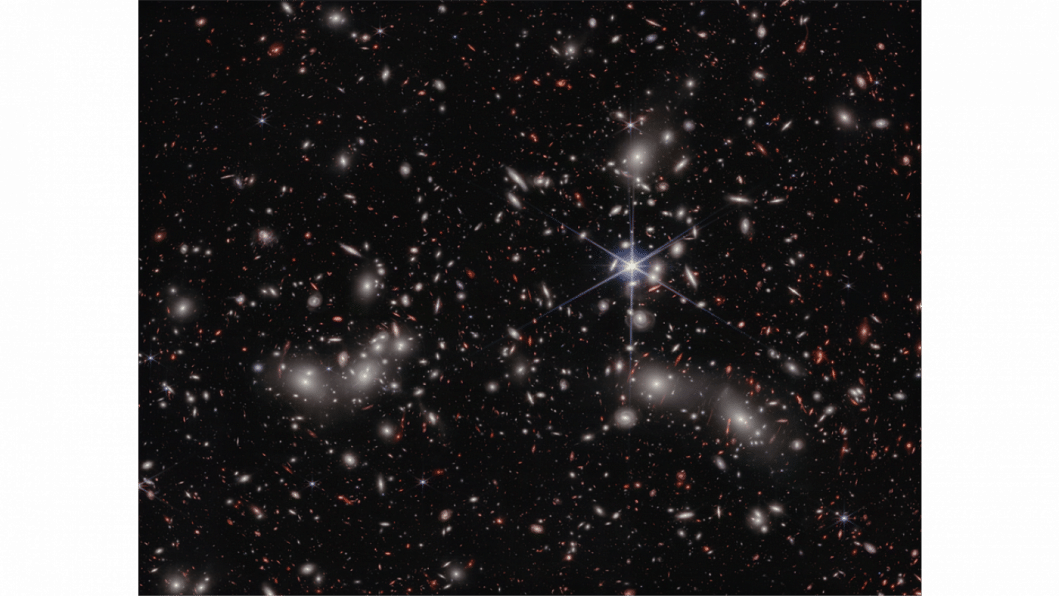
Moreover, JWST has peered deep into the cosmos, much deeper than Hubble Space Telescope could peer, allowing us to witness many more galaxies as they appeared a mere 500-800 million years after the cataclysmic Big Bang that occurred 13.8 billion years ago. An image released by JWST in June 2023 contains approximately 45,000 faint, distant galaxies. Some of these galaxies – roughly 700 – are new discoveries and the youngest ever observed.
The discovery of these primaeval galaxies is not only giving us a rare glimpse into a once opaque, turbulent universe flooded by light from the nascent stars, they are also helping scientists unlock the secrets of the early universe like never before.
Hidden stars in the Pillars of Creation and Tarantula Nebula: Equipped with its unique capabilities of detecting infrared light, JWST can see through cosmic clouds made up of interstellar dust, thereby revealing things hidden from telescopes like Hubble, which use mostly visible light. That is why one of Hubble's most iconic images, the Pillars of Creation in the Eagle Nebula, captured only the nebula's impressive clouds, but not the "creation" of stars taking place within them. The infrared eyes of JWST, on the other hand, penetrated through the clouds and captured the creation in the form of numerous protostars – an early stage in the evolution of stars.
Besides, with the help of its infrared-sensitive instruments, JWST pictured the Tarantula Nebula, the largest and brightest star-forming region in the Large Magellanic Cloud galaxy. The picture reveals tens of thousands of newborn stars, which could not be photographed by Hubble because they were buried beneath layers of cosmic dust.
Phantom Galaxy: As the name suggests, the Phantom Galaxy in the constellation Pisces is difficult to see in the sky unless it is absolutely dark. Nevertheless, an image recorded by JWST shows the brilliance of this galaxy, resembling a spinning wormhole – a hypothetical tunnel connecting two distant points in space or time – with fibre-like structures of heat-emitting dust and gas, emanating from a bright centre depicted in vivid eye-catching electric blue.
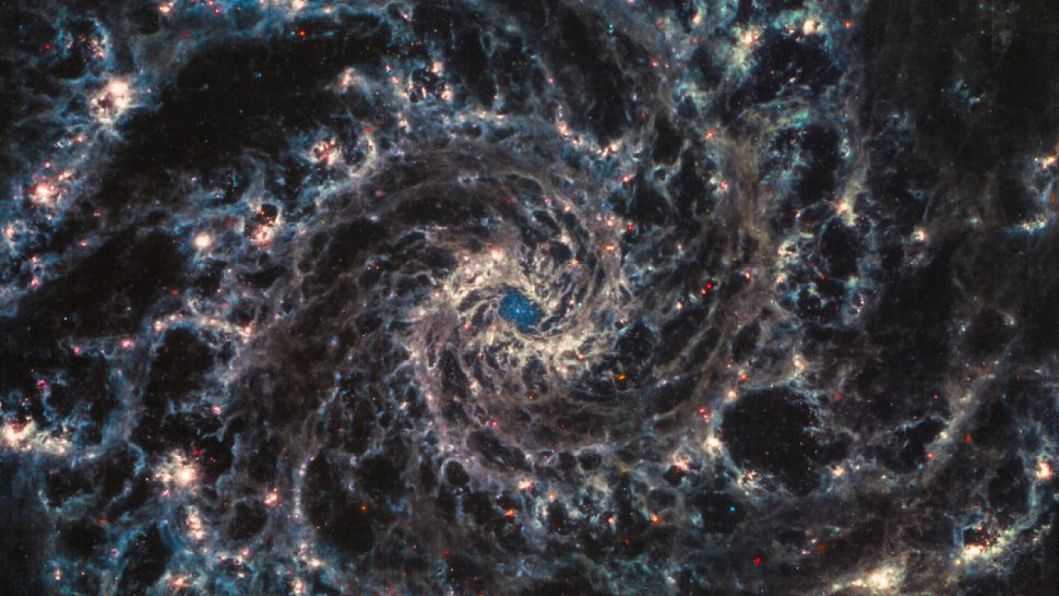
Cartwheel Galaxy: An amazing picture taken by JWST displays "gymnastics" performed by stars in the Cartwheel Galaxy in the constellation Sculptor. It also reveals more details about star formation, as well as about the galaxy's central black hole. Furthermore, the picture provides information on the changes that took place in the ring of the galaxy over billions of years. Its shape, much like the wheel of a wagon, is the result of a high-speed collision between a large spiral galaxy and a smaller one about 400 million years ago.
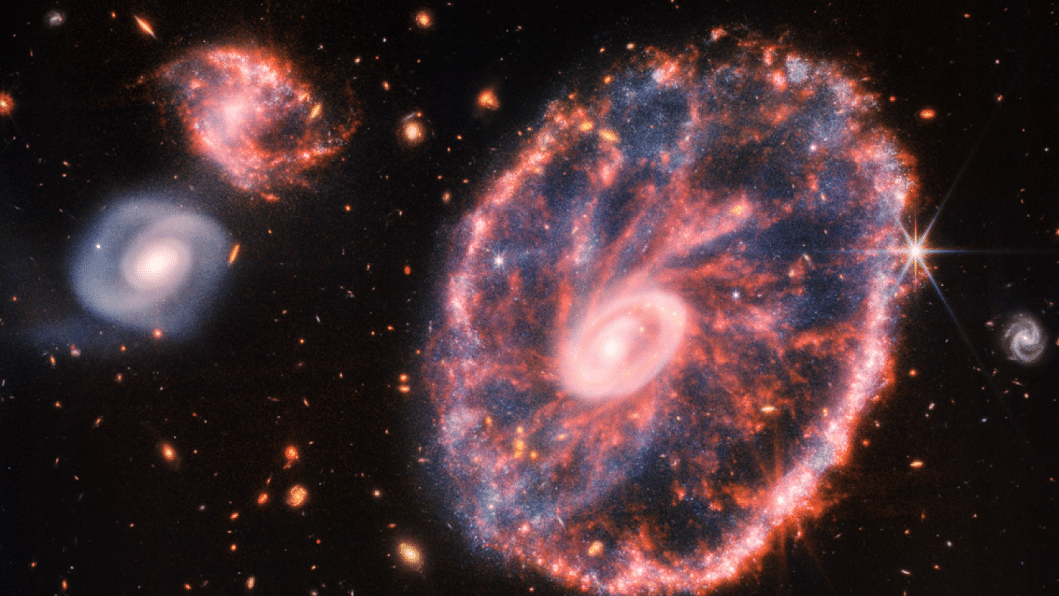
Farthest active black hole: Using JWST, researchers have discovered the farthest active black hole ever recorded. Situated in the galaxy CEERS 1019, it was formed some 570 million years after the Big Bang, making it the oldest supermassive black hole.
Brown dwarf with sand clouds: While many telescopes have identified exoplanets, JWST was not designed to do so. But it did discover one – an exceptionally weird discovery though. Originally identified by astronomers as a planet, it turned out to be too big to be a planet, but too small to be a proper star. It is a young brown dwarf, a so-called "failed star," with sandy clouds and a turbulent atmosphere giving off a dim, reddish glow.
Dark matter: A team of researchers suggests that JWST has recently detected "dark stars" powered by dark matter that makes up around 27 percent of the universe's mass. Its "partner in ambiguity," yet to be detected dark energy, accounts for 68 percent, while only five percent of the mass is visible.
Out of a long list of astonishing discoveries made by JWST, a few more are a stunning never-before-seen details of the supernova remnant of Cassiopeia A, a fascinating star-studded, wreath-shaped spiral galaxy located in the constellation Pegasus, the chaotic merging of two galaxies in the constellation Delphinus, a deceptively peaceful yet fiery spiral galaxy with tightly entwined arms formed after a violent "cosmic clash" between two different galaxies 500 million years ago in the constellation Vela, and new aspects of a cluster of three massive galaxies combining to form a mega cluster in a region of space known as Pandora's Cluster.
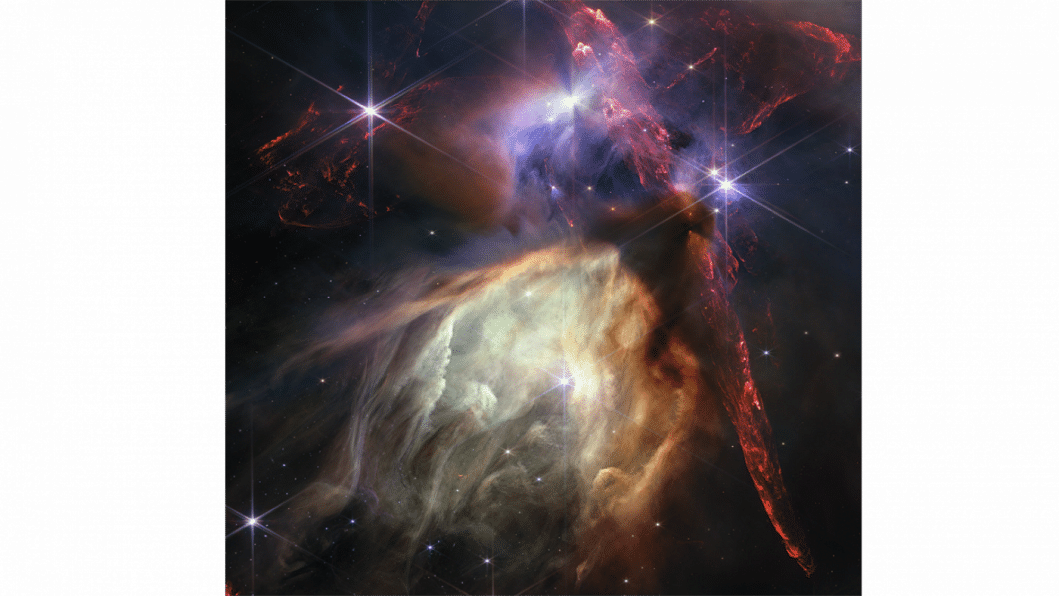
Meanwhile, Nasa is celebrating JWST's successful first year with a detailed image of the closest star-forming region to Earth: the Rho Ophiuchi cloud complex.
Finally, the James Webb Space Telescope (JWST) is demonstrating that it is truly capable of the job it was built for – push the boundaries of astronomy and cosmology closer to the beginning of time, into the period when the first light from stars and galaxies cleared the thick fog that was obscuring our view of the universe. And it is doing so by providing us with jaw-dropping images of the cosmos since July of last year. Thus, JWST is not only delivering on its promises, it is living up to the hype and its price tag, too, by revolutionising our understanding of the universe.
Dr Quamrul Haider is a professor of physics at Fordham University in New York, US.

 For all latest news, follow The Daily Star's Google News channel.
For all latest news, follow The Daily Star's Google News channel. 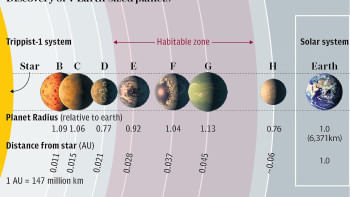



Comments